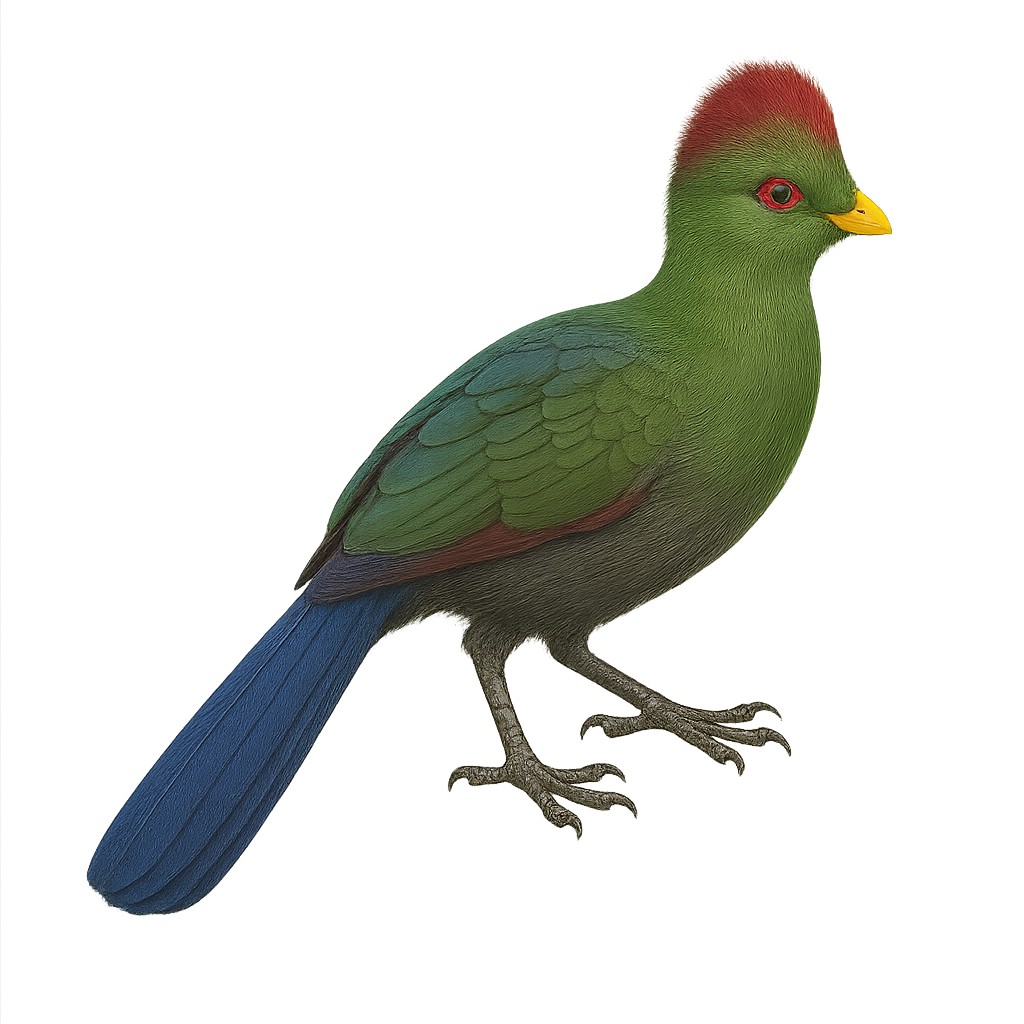Your wildlife photography guide.
Explore the bannerman's turaco in detail, study its behavior, prepare your shots.
Where to observe and photograph the bannerman's turaco in the wild
Learn where and when to spot the bannerman's turaco in the wild, how to identify the species based on distinctive features, and what natural environments it inhabits. The WildlifePhotographer app offers tailored photography tips that reflect the bannerman's turaco’s behavior, helping you capture better wildlife images. Explore the full species profile for key information including description, habitat, active periods, and approach techniques.
Bannerman's Turaco
Scientific name: Tauraco bannermani

IUCN Status: Vulnerable
Family: MUSOPHAGIDAE
Group: Birds
Sensitivity to human approach: Suspicious
Minimum approach distance: 10 m
Courtship display: April to June
Incubation: 21-23 jours
Hatchings: April to July
Habitat:
Tropical forests, montane forests
Activity period :
Primarily active during the day, with peak activity in the morning and late afternoon.
Identification and description:
The Bannerman's Turaco is a striking bird known for its vibrant plumage, predominantly green with shades of blue and red. Native to the montane forests of Cameroon, it is often found in dense wooded areas where it feeds mainly on fruits, flowers, and leaves. This bird features a distinctive crest and a bright red beak, making it easily recognizable. Although it is relatively tolerant, it prefers to stay hidden in the canopy. The Bannerman's Turaco is a vulnerable species due to deforestation and habitat loss, making its conservation crucial for preserving the region's biodiversity.
Recommended lens:
400 mm – adjust based on distance, desired framing (portrait or habitat), and approach conditions.
Photography tips:
To photograph the Bannerman's Turaco, it is advisable to use a 400mm or longer telephoto lens to capture detailed images without disturbing the bird. Look for it in montane forests where it often camouflages in the canopy. Be patient and discreet, as although it is suspicious, it can be observed when feeding or moving between trees. Natural morning or afternoon light is ideal to highlight its bright colors.
The WildlifePhotographer App is coming soon!
Be the first to explore the best nature spots, track rutting seasons, log your observations, and observe more wildlife.
Already 1 432 wildlife lovers subscribed worldwide

